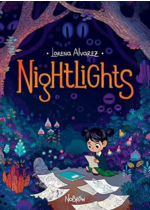
When a mysterious girl appears at school and learns of Sandy’s drawings, that she creates from the tiny stars that appear in her room at night, Morfie’s fascination soon turns into something sinister.
Materials from the Americas

When a mysterious girl appears at school and learns of Sandy’s drawings, that she creates from the tiny stars that appear in her room at night, Morfie’s fascination soon turns into something sinister.
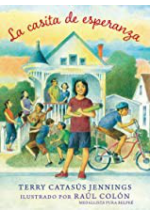
When Esperanza and her family arrive in the United States from Cuba, they buy a little house, una casita. It may be small, but they soon prove that there’s room enough to share with a whole community.
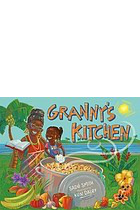
Shelly Ann lives with her Granny on the beautiful island of Jamaica. When Shelly Ann becomes hungry, she asks her Granny for something to eat. Granny tells her “Gyal, you betta can cook!” and teaches Shelly Ann how to get in touch with her Jamaican roots through the process of cooking.
Featured in WOW Review, Volume XV, Issue 4.
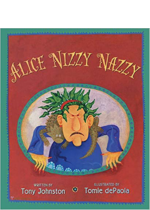
When Manuela’s sheep are stolen, she has to go to Alice Nizzy Nazzy’s talking road-runner-footed adobe house and try to get the witch to give the flock back, in a Southwestern version of the Baba Yaga story.
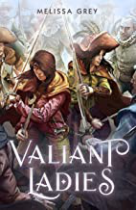
In Potosí, a silver mining city in the new Spanish viceroyalty of Peru, two teen vigilantes set out to expose corruption and deliver justice after Kiki’s brother is murdered and the prostitute he loved disappears. Includes author’s note.
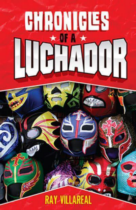
Jesse Baron, the son of the American Championship Wrestling star known as the Angel of Death, is about to graduate from high school. His parents expect him to attend the University of Texas and study mechanical engineering, something he’s not interested in. The young man knows he would be a natural at professional wrestling, and with his father’s help he might even reach the same level of fame and success.
But the Angel of Death, retired from the ACW and running a wrestling promotion and school, refuses to train his son for fear he will choose sports entertainment over a college degree. Jesse decides that once he gets settled at UT, he’s going to look for another place to wrestle. To keep his father from finding out, he’ll promote himself as a masked luchador from Oaxaca, Mexico, named Mascara de la Muerte. When no one will hire him, Jesse reluctantly considers joining a lucha libre organization, even though he doesn’t speak Spanish. Will the fans and his fellow wrestlers see him as a luchador-or just a gringo with a mask?
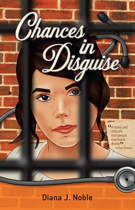
“In this sequel to Evangelina Takes Flight, the young girl who left her home during the Mexican Revolution to start over in a small Texas border town is now seventeen. She has had several years of medical training with her mentor, Doc Taylor, but when a doctor from a neighboring town finds her helping an Anglo woman in labor, he is enraged. He calls her a dirty Mexican and kicks her out. The next day, Evangelina is arrested for murder. The racist sheriff and many of the townspeople believe Mexicans are inferior and that Evangelina must be guilty of using witchcraft to kill the pregnant woman. But she isn’t all alone. Doc Taylor believes in her innocence, as does Cora Cavanaugh, the spirited daughter of a wealthy businessman. And there’s Selim Njaim, a young Muslim with whom she has a forbidden relationship. Soon La Liga Protectora Mexicana assigns someone to represent her, but will Joaquín Castañeda be able to convince the jury that Evangelina is not a murderer? Set in Texas in 1915, this eye-opening historical novel for young adults reveals the racial inequity in the justice system, the discrimination experienced by Mexicans and other non-whites and the limitations placed on women. Teens will relate to the theme of finding confidence and bravery in times of uncertainty, while learning about the harassment, torture and killing of innocent Mexicans and Tejanos in the early part of the twentieth century.”
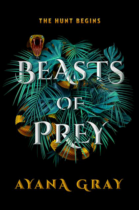
Sixteen-year-old indentured beastkeeper Koffi and seventeen-year-old warrior candidate Ekon forge an unusual alliance and venture into the Greater Jungle to hunt down a monster that has been menacing their city for a century. Includes author’s note.
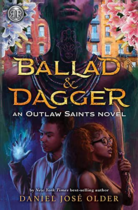
When sixteen-year-old Mateo and Chela discover each other and their powers during a political battle between neighborhood factions, they set aside their differences to unravel the mystery behind their sunken homeland and to stop a dangerous political operative who is trying to harness their gifts to unleash terror on the world.
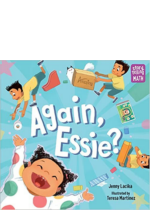
Rafael tries to save his toys from his baby sister, Essie, by building a wall from shoeboxes, toilet paper rolls, and other household objects in this playful exploration of spatial sense and geometry.